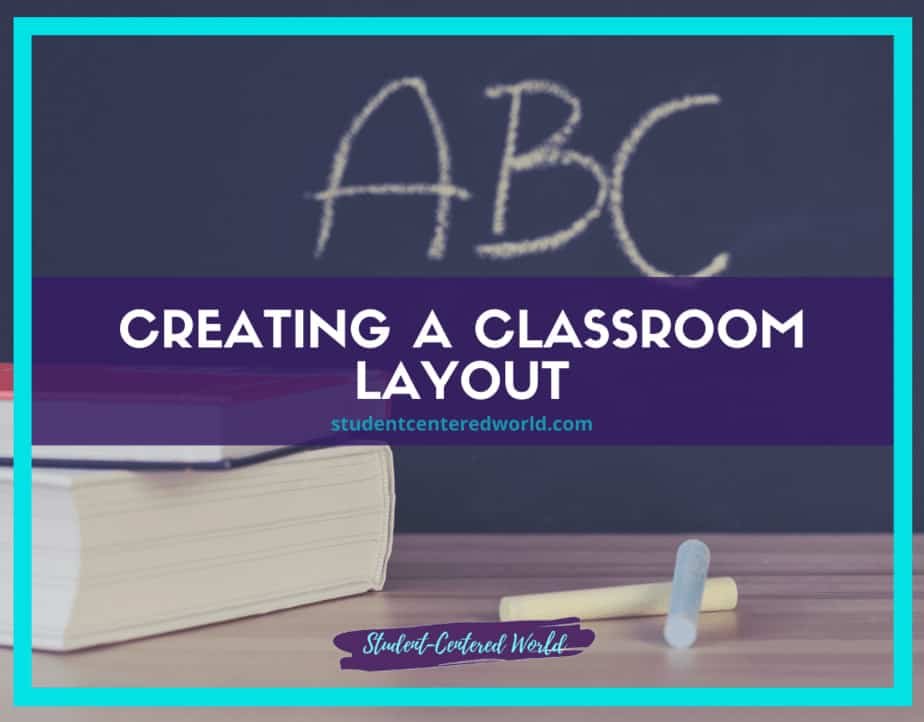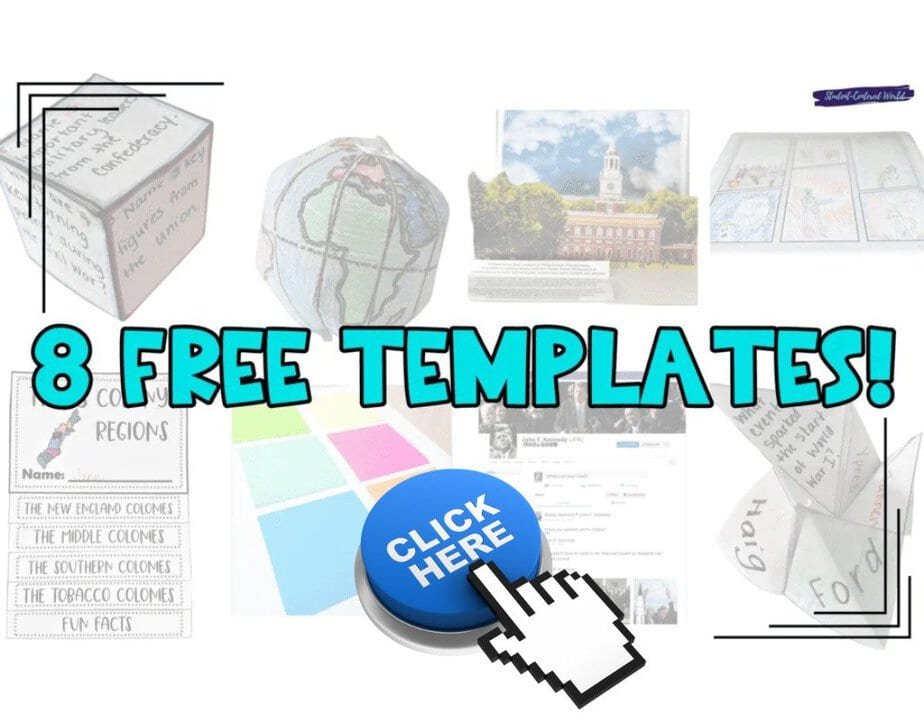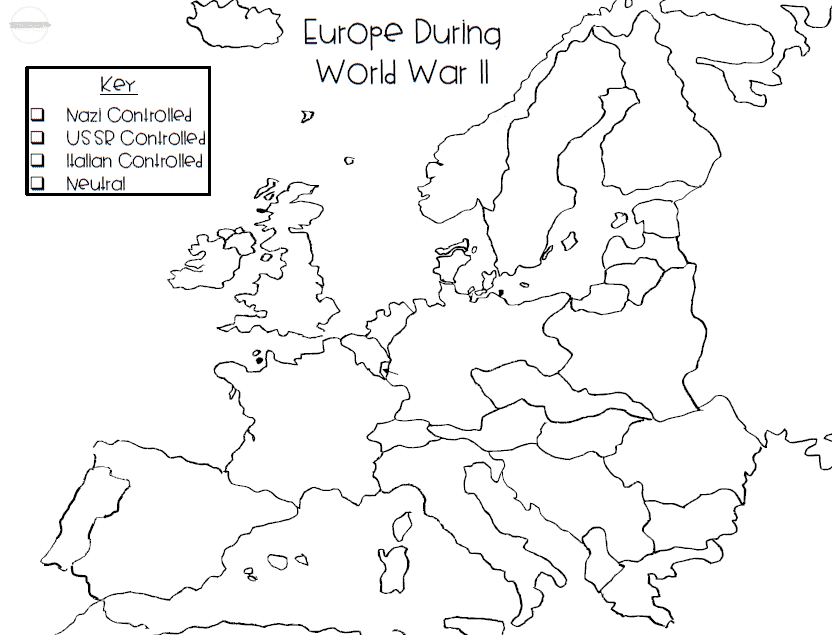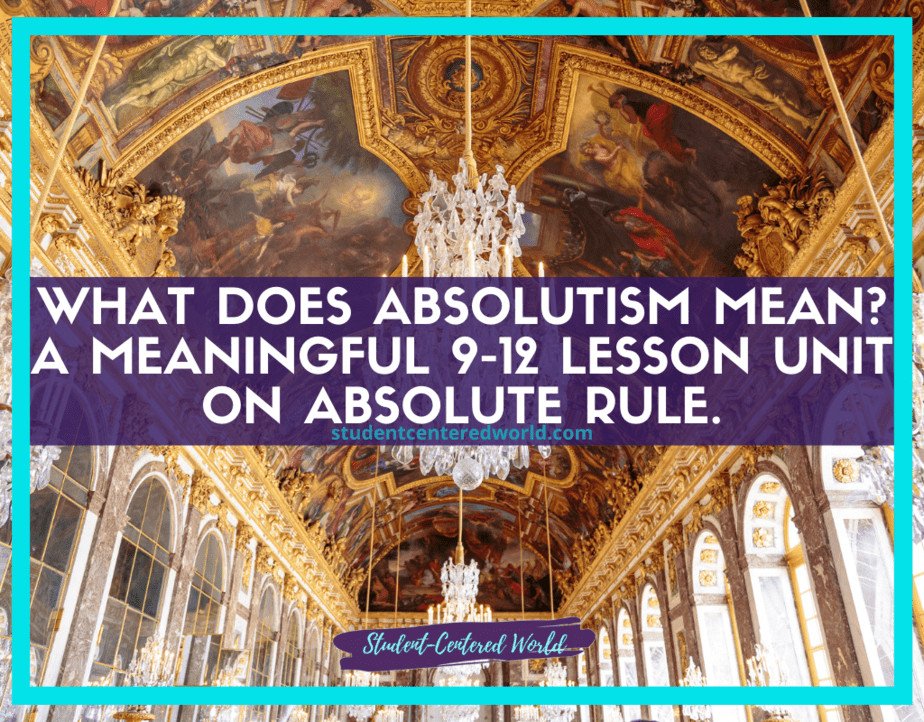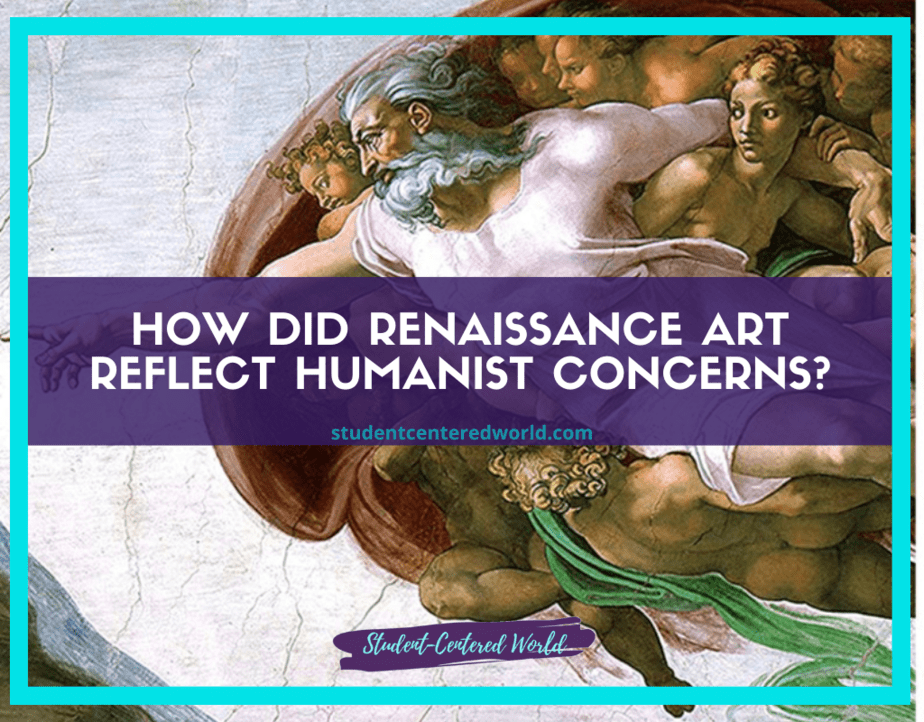The Ultimate World War 2 Map of Europe Activity
With a curriculum as expansive as some historical ones are, we often shlep through talking about matters of geography. We might show a map in passing or glance over it when it’s relevant, but we are truly doing our students a disservice by not digging deeper, especially when looking at the World War 2 Map of Europe.
You see, so many today have no idea how to read a map!
Truly…with the invention of the GPS, it is much easier to just have turn-by-turn directions given to you (I’m just as guilty as the next person). However, studying maps in a historical sense is so much more than that. Understanding borders, territories, and changes over generations allows so much to make more sense, understanding why certain groups clash or even why we are having some issues today in the world.
Early on in my history teacher career, I realized something pretty profound…
You can discuss the history of any conflict at length…but if your students don’t have a concrete idea of where you’re talking about, some of the information will be lost in translation.
It’s no secret that World War Two changed the landscape of many parts of the globe. To think that there are boundaries that were forever changed and some places that no longer exist as they did in 1939 is mind-blowing for some students.
Why the Changing Landscape of World War II Europe Matters
When looking at a World War 2 Map of Europe, it is important to fully understand the long-term implications of the changing of borders and the correlation with the change of power. The World War 2 Map of Europe is a mosaic of multiple regional wars that were interconnected through alliances, betrayal, and conquest. Understanding how the world was redrawn is key to understanding the power structures that exist today.
The distinct border changes of the World War 2 Map of Europe show not just the changing fortunes of war but also the shifting alliances that have constantly been reshuffled. When looking at a map of Europe during World War 2, it’s easy to see how it was incredibly fluid with constantly moving borders based on the temporary ceasefire lines drawn at the end of each conflict.
1939 – 1945: The World War 2 Map of Europe in 1939 and 1945
At the beginning of World War 2, the Axis Powers, including Nazi Germany and Japan, posed a formidable threat to the world. Their aggression had already led to the invasion of Poland and the surprise attack on Pearl Harbor, drawing the United States into the conflict. Adolf Hitler’s Nazi Germany controlled a significant part of Western Europe, while the Soviet Union and the Western Allies, led by the United States and Great Britain under the leadership of British Prime Minister Winston Churchill, opposed the Axis forces.
In North Africa, there were major battles between the Axis Powers and the Western Allies. The Axis control extended into Northern Africa, but their advances were gradually halted. The Maginot Line, a series of fortifications built by France, became a symbol of the defensive strategies employed during the early stages of the war.
1946 – 1948: The World War 2 Map of Europe after 1946
By 1945, the tides had turned, and the Axis Powers were defeated. Germany, Japan, and Italy were occupied by the victorious United States, Britain, and France. The Marshall Plan was introduced to aid in the reconstruction of Europe, and the European Union, although not as we know it today, began to take shape as the post-war world order was established. Neutral countries played a significant role in the reconstruction efforts in the aftermath of the war.
1945 – 1948: The Berlin Blockade & Airlift
In 1949, Germany was officially divided into West Germany and the German Democratic Republic (East Germany), a reflection of the broader divisions in Europe during the post-war period. The “Iron Curtain” descended, separating East from West, and the Soviet Union maintained control over Eastern Europe. The Berlin Blockade and subsequent Airlift demonstrated the stark differences in life on either side of this ideological and physical divide.
1948 – 1989: The Post-War World Map of Europe
Stalin’s blockade of West Berlin led to a massive Airlift, symbolizing the resolve of the Western Allies to stand firm against Soviet influence. The Airlift ensured the supply of food and essential goods to the beleaguered population in West Berlin.
The post-war era saw the emergence of the United Nations as a forum for international cooperation and conflict resolution, reflecting the new world order. The Cold War tensions between the Soviet Union and the United States and its Western allies loomed large, shaping global politics for decades.
World War 2 Map of Europe Activity
Though students may understand this in theory, it is easier to comprehend visually.
Since most of us obviously don’t have the luxury of taking a field trip all over Europe with our students in tow each year, it is important to find a way to do this that will be effective and easily implemented in the classroom.
This World War 2 map of Europe activity does just that.
It is a great activity for high school students, middle school students, and homeschoolers, and can be adapted for Google Docs, Google Classroom, or Google Drive to facilitate digital learning. The activity includes images of the maps sourced from Wikimedia Commons, a freely licensed media file repository, and provides an invaluable description page of the general mapping situation during and after the war.
Understanding the geographic changes and movements of World War 2 is critical in grasping the scale and impact of the conflict. By using maps, students can better visualize the expansion of Axis-controlled territories, the shifting borders due to invasions and counterattacks, and the ultimate post-war territorial realignments.
This hands-on activity allows students to engage with primary source materials and explore how Europe was reshaped by the war.
Multiple Variations of World War 2 Map of Europe Activity
This activity has several variations that will help you either break down the information easier for your students or readily differentiate for them.
There are two distinct maps in this World War 2 map of Europe activity. One is from during the war and the other is Post-WWII.
Each map has different versions to pick from.
The “during” World War 2 map (Europe) breaks down the occupation of the continent by Germany, USSR, Italy, and Neutrality.
There is a map version with each country labeled and one that is not, depending on the depth you want to achieve.
There are instruction sheets that go along with each. One breaks down the countries by the occupation categories, one just lists the countries in alphabetical order, and yet another asks for the dates the occupied countries were taken.
There is a key in all of the above to color code for visualization.
The “post” World War 2 map (Europe) shows the change of borders and also “zooms” in on Berlin to see the change there as well.
This map also has a pre-labeled and blank version with the color-coding key.
When all is said and done, there is a comprehension question sheet that compares the two and also helps to foreshadow the Cold War via interpretation of geographical challenges that may be faced given the new borders.
This activity is perfect for every level of student who is learning about World War Two. The differentiated levels go from basic to complex and can still be adapted further by the teacher.
When the correct map is picked in regards to student level and achievement, they really enjoy working on this. It combines a challenge in researching the correct answers and also a fun, more laid-back feel as there is a color-coding element.
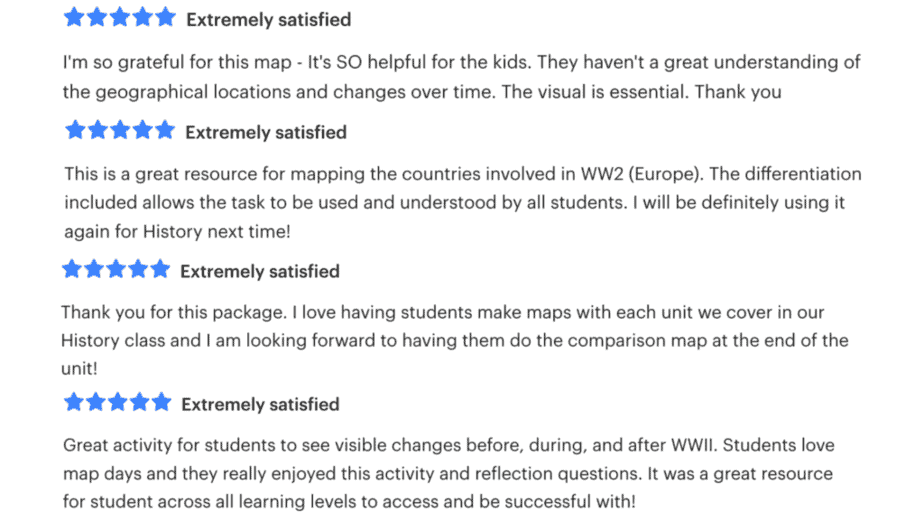
Implementation in the Classroom
This activity can be executed in a variety of ways, depending on available classroom technology and the specific needs of students. Here are several methods for incorporating the World War 2 map activity into your curriculum:
1. Traditional Print-Based Activity
For classrooms without access to digital devices, printed maps can be distributed to students. Teachers can provide different versions of maps that depict Europe at key points in the war—such as 1939, 1942, and 1945. Students can annotate these maps using colored pencils or markers to indicate territorial changes, key battles, and alliances.
To reinforce learning, students can work in pairs or small groups to analyze the maps and answer discussion questions such as:
- How did Germany’s territorial control change over time?
- What role did natural barriers such as rivers and mountains play in military strategy?
- How did the division of Europe after the war influence the Cold War?
2. Digital Adaptation for Google Classroom
For schools that use Google Classroom, this activity can be easily adapted into an interactive assignment. The teacher can upload map images into Google Slides or Google Docs and create a template where students can label territories, mark battle locations, and color-code alliances.
Students can then submit their completed maps digitally, allowing for an easier review process. Additionally, teachers can create quizzes using Google Forms to assess students’ understanding of how borders and territories changed throughout the war.
3. Inquiry-Based Learning and Research Component
To extend the activity, students can conduct research on specific regions and the impact of border changes on local populations. Assignments might include:
- Examining primary sources such as letters, government documents, and photographs to understand civilian experiences.
- Creating a presentation on how the war’s conclusion led to the formation of NATO and the Warsaw Pact.
- Investigating the role of propaganda maps and how they influenced public perception during the war.
By integrating historical analysis with map interpretation, students can develop a deeper understanding of the war’s complexity. They will not only grasp the movements of armies and shifting borders but also the social and political ramifications of those changes.
Why our students need to look at maps
Again, it is important that we are still teaching our students about maps in the classroom. We live in an era of GPS and it is vital that our children still read maps.
As a matter of fact, the Washington Post had an eye-opening article about the use of GPS devices and the decline in hippocampus development. To quote:
“In a study published in Nature Communications in 2017, researchers asked subjects to navigate a virtual simulation of London’s Soho neighborhood and monitored their brain activity, specifically the hippocampus, which is integral to spatial navigation. Those who were guided by directions showed less activity in this part of the brain than participants who navigated without the device. “The hippocampus makes an internal map of the environment and this map becomes active only when you are engaged in navigating and not using GPS,” Amir-Homayoun Javadi, one of the study’s authors, told me.
The hippocampus is crucial to many aspects of daily life. It allows us to orient in space and know where we are by creating cognitive maps. It also allows us to recall events from the past, what is known as episodic memory. And, remarkably, it is the part of the brain that neuroscientists believe gives us the ability to imagine ourselves in the future.“
O’Connor, M.R. “Ditch the GPS. It’s Ruining Your Brain.” The Washington Post, 5 June 2019, www.washingtonpost.com/opinions/ditch-the-gps-its-ruining-your-brain/2019/06/05/29a3170e-87af-11e9-98c1-e945ae5db8fb_story.html.
So in the end, this activity helps our students two-fold. It helps them visually understand the landscape of pre and post-World War II Europe and also helps brain development by understanding a map.
Every little bit counts!
If you’re interested, please check out the World War Two Map of Europe During and After the War.
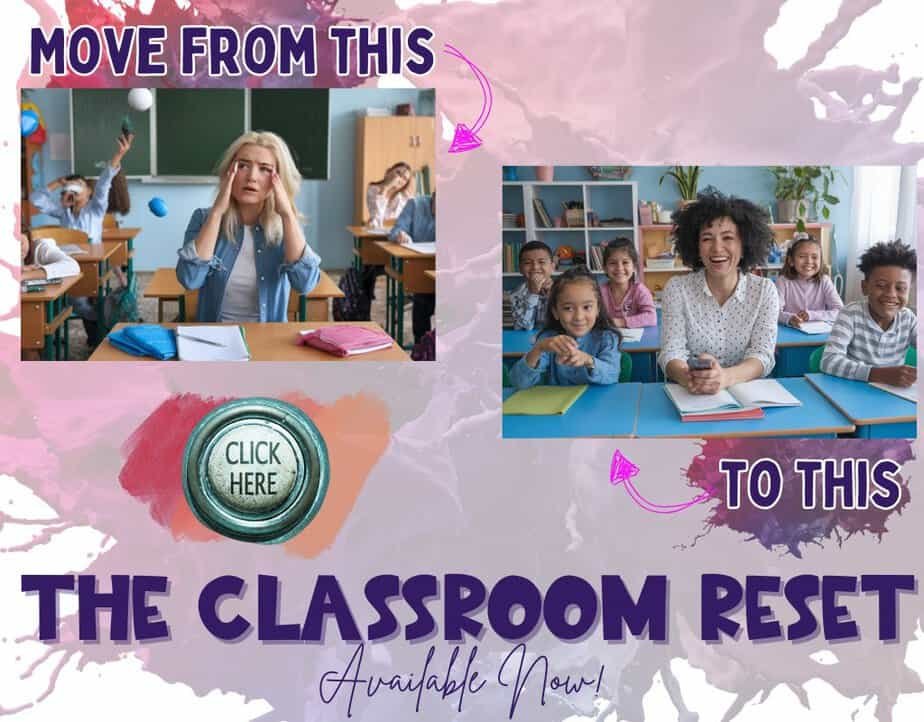
This article was originally published on February 7, 2020
